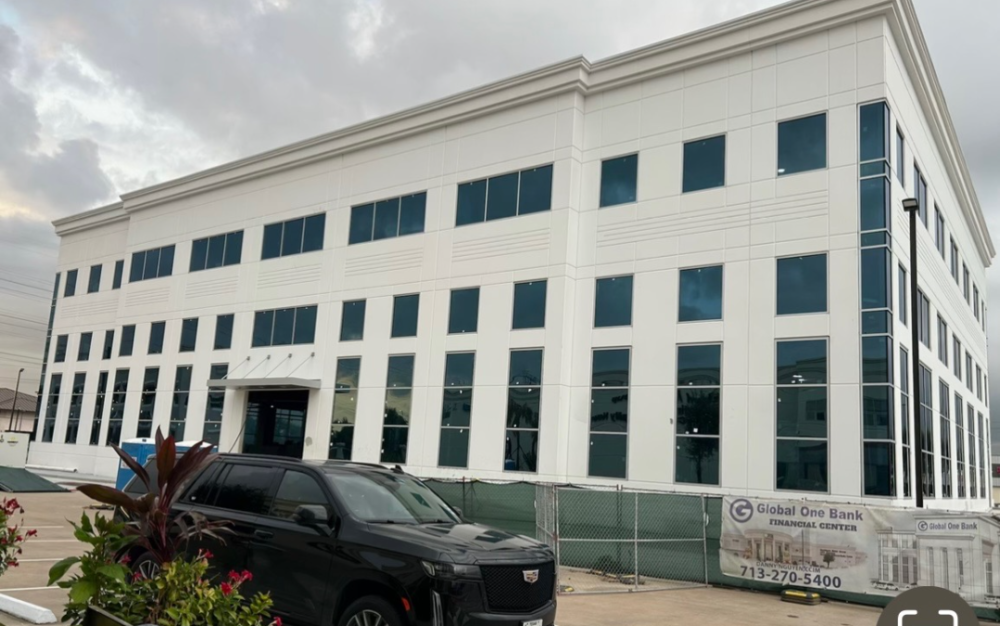為什麼这麼多银行关门?揭开金融转型背后的真相

Why Are So Many Banks Closing? Understanding The Shifting Financial Landscape
In recent years, headlines about banks shuttering branches have become increasingly common—from major cities to rural communities. The wave of closures has prompted concern and confusion: Is this a sign of financial instability, or simply a transformation of how we bank?
The truth lies in a mix of technology, cost-cutting strategies, and shifting customer habits. Here’s a closer look at what’s really driving the trend—and what it means for everyday consumers.
⸻
📱 Digital Banking Is Leading the Way
The number one reason for bank closures? We’re banking differently.
From mobile apps to online transfers, today’s customers are doing more financial transactions digitally than ever before. According to recent data, over 70% of Americans prefer digital banking as their primary method. As foot traffic declines, maintaining costly physical branches no longer makes economic sense—especially for large banks that can offer full services online.
U.S. Bancorp, Wells Fargo, and Bank of America, for instance, have collectively closed dozens of branches in early 2025 alone.
⸻
💸 Cost Efficiency and Corporate Strategy
Brick-and-mortar branches are expensive. Between rent, staffing, security, and maintenance, the average physical branch can cost hundreds of thousands of dollars per year to operate.
Banks are increasingly consolidating services—shutting down underused locations and reinvesting in digital infrastructure, AI support, and fraud prevention technologies. In this way, closures are less about crisis, and more about efficiency.
⸻
🏡 Communities Left Behind
The shift, however, isn’t painless. In small towns and underserved communities, where high-speed internet or tech-savvy access may be limited, losing a local branch can mean losing vital financial access.
In Queensland, Australia, for example, entire towns have been left without any physical bank presence. Similar concerns have arisen in rural America and in the U.K. where elderly residents, small business owners, and those without internet access face new hurdles.
⸻
🏦 What About Bank Failures?
It’s important to distinguish between branch closures and bank failures.
While hundreds of branches are closing, only a very small number of banks are failing—usually due to poor financial management or fraud. In 2025, the U.S. has seen only two small bank failures so far, including Santa Anna National Bank in Texas, which regulators shut down due to alleged fraud and insolvency.
These are isolated cases and not indicative of widespread banking collapse. In fact, overall, the banking system remains stable and well-capitalized.































